Have you ever wondered about the variety of clays in the world? Well, let me enlighten you!
What are the four types of clay? The four types of clays are Earthenware, Stoneware, Porcelain, and Ball Clay. Each type has its unique features, making them ideal for various applications in the world of art, pottery, and construction.
Would you like to learn more about these fascinating materials? Let’s dive in!
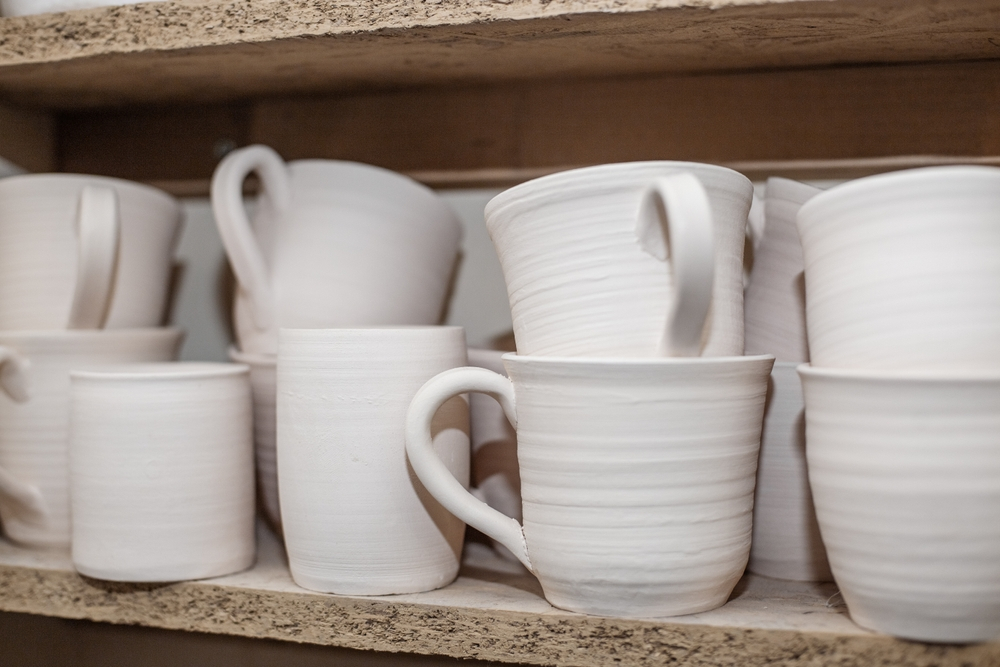
Unlocking the Language of Clay: Understanding Essential Terms
There are several terms related to clays that are important to understand to have a deeper knowledge of this material. Some of these terms include:
Plasticity:
Plasticity refers to the ability of clay to be molded and shaped without cracking or breaking.
Slip:
A slip is a liquid mixture of clay and water used as a lubricant during the shaping process.
Bisque firing:
Bisque firing is the first firing of a clay object, typically at a lower temperature, that sets the shape and prepares the surface for glazing.
Glaze:
A glaze is a thin layer of liquid clay applied to the surface of a bisque-fired object and then fired again at a higher temperature, resulting in a smooth and glossy surface.
Porosity:
Porosity refers to the number of tiny air pockets or pores within a clay body, which affects its ability to absorb liquids.
Shrinkage
Shrinkage refers to the reduction in size of a clay object as it dries and is fired.
Leather-hard:
Leather-hard is a stage in the drying process of a clay object when it is firm enough to hold its shape but still pliable enough to be carved or altered.
By understanding these terms, you’ll have a better grasp on the properties and characteristics of clays and be able to make informed decisions about the types of clays to use for different projects.
If you’re looking for a type of clay that can be dried without the use of a kiln, air dry clay may be the best option for you. Air dry clay, also known as air-hardening clay, is a type of clay that dries to a hard, durable finish through a process of air-drying rather than firing. This type of clay is perfect for beginners and children, as it does not require any special equipment or knowledge of kiln firing.
Clay Compounds:
Clay is a naturally occurring material that is composed of various minerals and compounds. Some of the key compounds found in clays include:
Alumina (Al2O3): Alumina is a common compound in clays, and is responsible for the hardness and strength of the material.
Silica (SiO2): Silica is another essential compound in clays, and is responsible for the plasticity and workability of the material.
Kaolin (Al2Si2O5(OH)4): Kaolin is a white, clay mineral that is used in the production of porcelain and other high-quality ceramics.
Feldspar (KAlSi3O8): Feldspar is a common mineral in clays, and is responsible for the durability and resistance to thermal shock.
Quartz (SiO2): Quartz is a common mineral in clays, and is responsible for the hardness and toughness of the material.
Iron oxide (Fe2O3): Iron oxide is a joint compound in clays, and is responsible for the color and texture of the material.
By understanding the critical compounds in clays, it is possible to identify the properties and characteristics of different types of clays and select the appropriate type for a specific project or application.
4 Different Types Of Clay:
Clays have been used for thousands of years in a variety of applications, from pottery and sculpture to construction materials. There are four main types of clays: Earthenware, Stoneware, Porcelain, and Ball Clay. Let’s take a closer look at each of these clays and explore their unique properties and uses.
1. Earthenware:
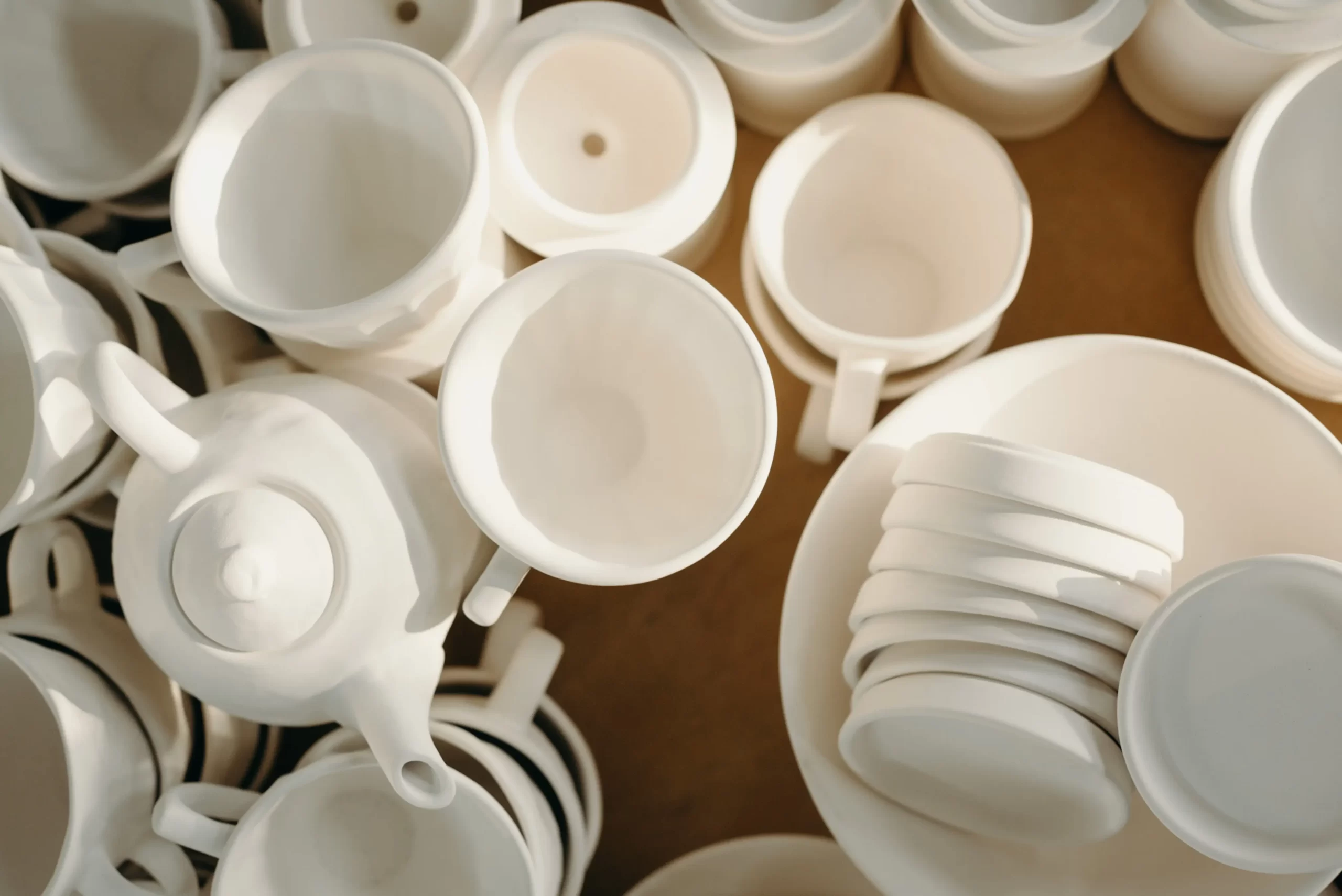
Color:
Earthenware can range in color from light tan to a reddish-brown, depending on the type of clay and the impurities present.
Uses:
Earthenware is a type of clay that is typically used for everyday objects such as plates, bowls, and vases. It is also used for making terra cotta garden pots and other decorative items.
Firing Temperature:
Earthenware is fired at a relatively low temperature, typically around 1800°F to 2400°F degrees Celsius.
2. Stoneware:
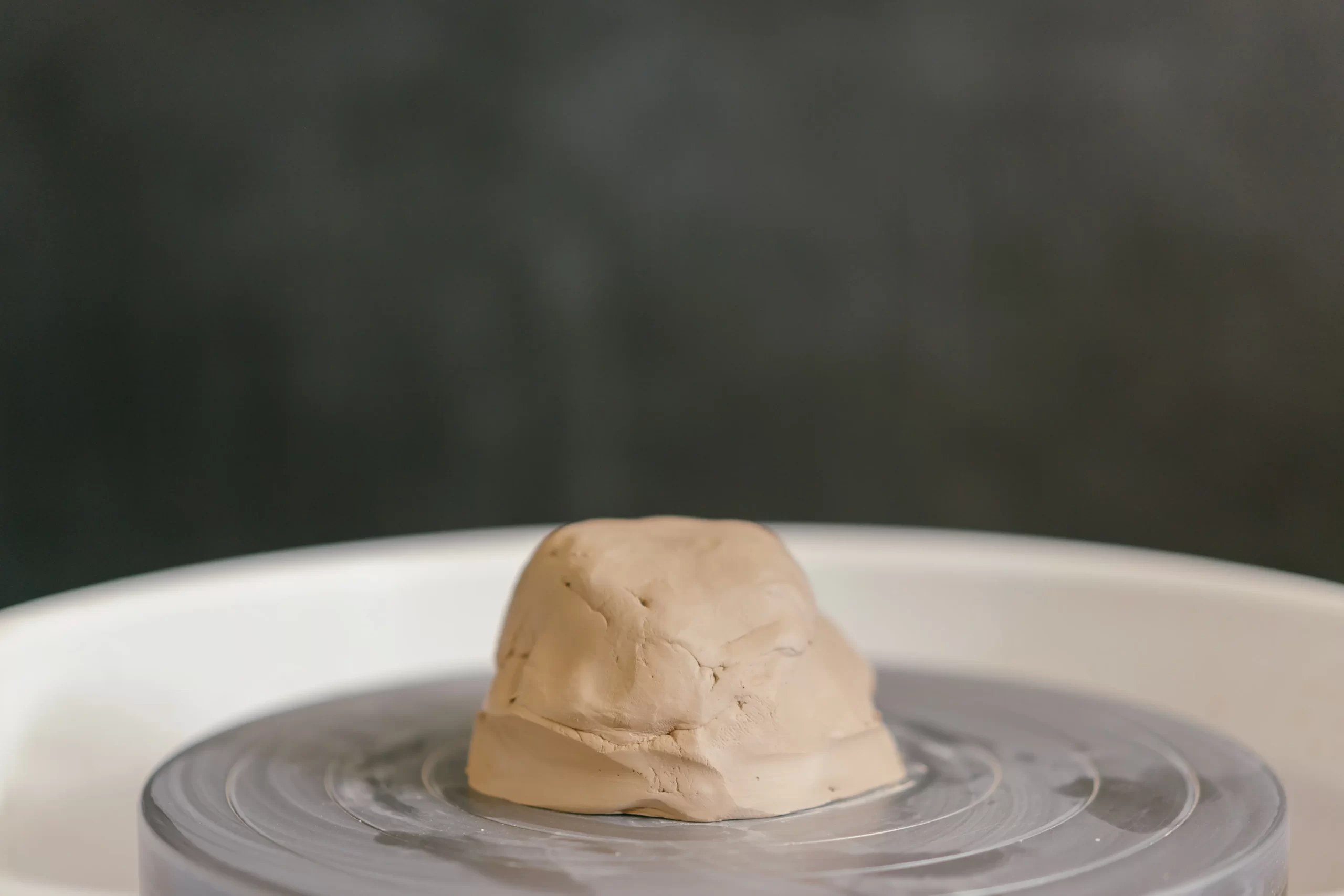
Color:
Stoneware can range in color from light gray to dark brown, depending on the type of clay and the impurities present.
Uses:
Stoneware is a type of clay that is used for making a variety of objects, including dinnerware, vases, and decorative items. It is also used for making architectural tiles and garden pots.
Firing Temperature:
Stoneware is fired at a higher temperature than earthenware, typically around 1,200 to 1,300 degrees Celsius. This higher firing temperature results in a harder, stronger, and more durable material.
3. Porcelain
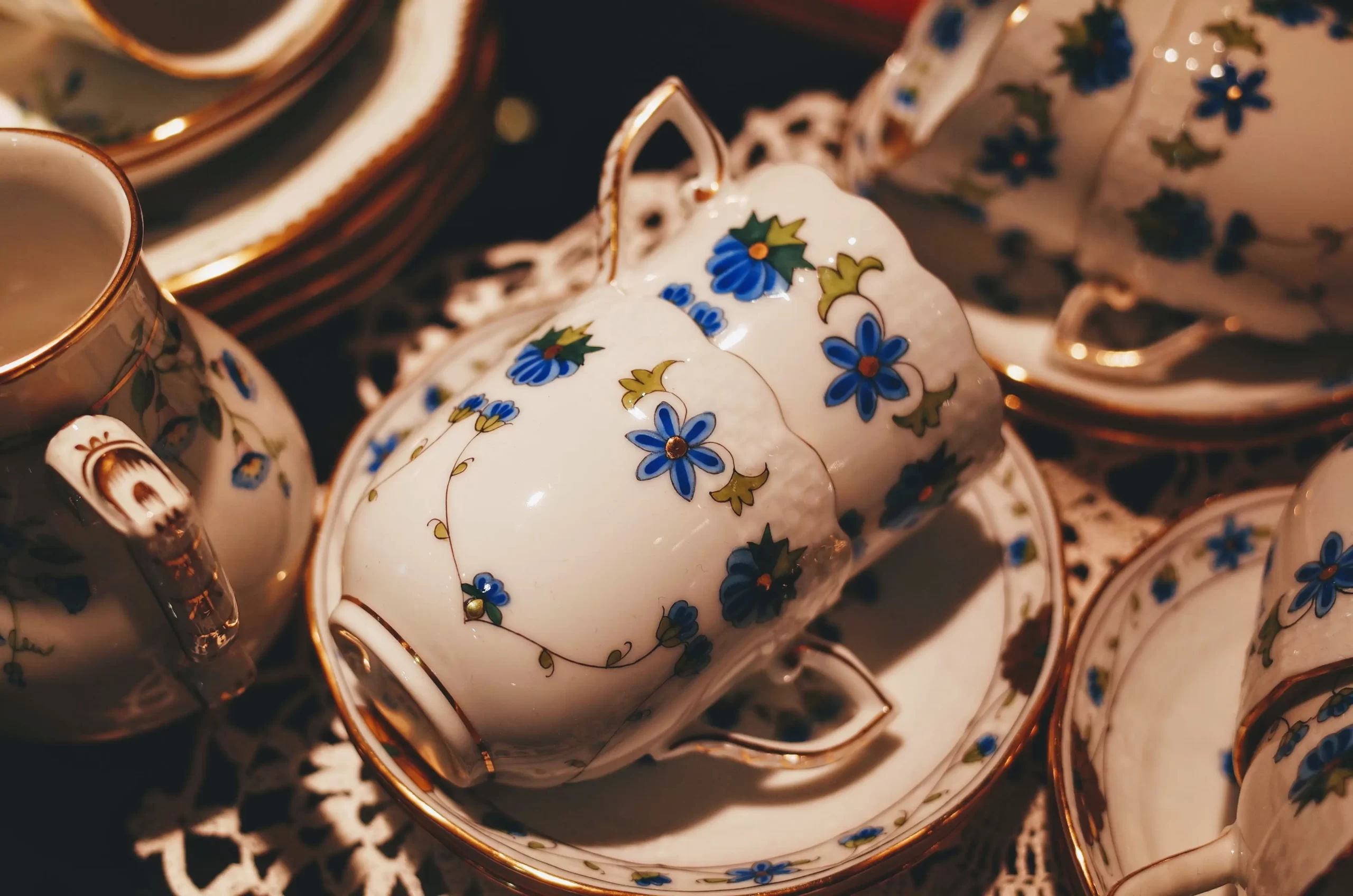
Color:
Porcelain is a white, translucent material that is known for its delicate beauty.
Uses:
Porcelain is a type of clay that is used for making fine dinnerware, decorative objects, and sculptures. It is also used in the production of dental and medical implants, due to its strength and biocompatibility.
Firing Temperature:
Porcelain is fired at an even higher temperature than stoneware, typically around 1,400 to 1,450 degrees Celsius. This high firing temperature results in a material that is extremely hard, strong, and translucent.
Types Of Porcelain:
Porcelain is a type of clay that is known for its delicate beauty and strength. It is used for making fine dinnerware, decorative objects, and sculptures, as well as in the production of dental and medical implants due to its biocompatibility.
There are three main types of porcelain ceramics: hard-paste porcelain, soft-paste porcelain, and bone china.
1. Hard-Paste Porcelain:
This type of porcelain is made from a mixture of kaolin, feldspar, and quartz. It is fired at a high temperature, resulting in a material that is extremely hard, strong, and translucent. Hard-paste porcelain is the most traditional and durable type of porcelain.
2. Soft-Paste Porcelain:
This type of porcelain is made from a mixture of kaolin, feldspar, and a type of frit, which is a glass-like substance. It is fired at a lower temperature than hard-paste porcelain, resulting in a material that is less hard and less translucent. Soft-paste porcelain is more porous and brittle than hard-paste porcelain.
3. Bone China:
This type of porcelain is made from a mixture of kaolin, feldspar, and bone ash. It is fired at a high temperature, resulting in a material that is strong and translucent. Bone china has a creamy white color and is known for its delicate appearance.
Each of these three types of porcelain ceramics has its own unique properties, and the choice of which to use will depend on the specific application and desired final result. Understanding the differences between these types of porcelain ceramics can be an important part of the creative process for artists, potters, and ceramists.
4. Ball Clay
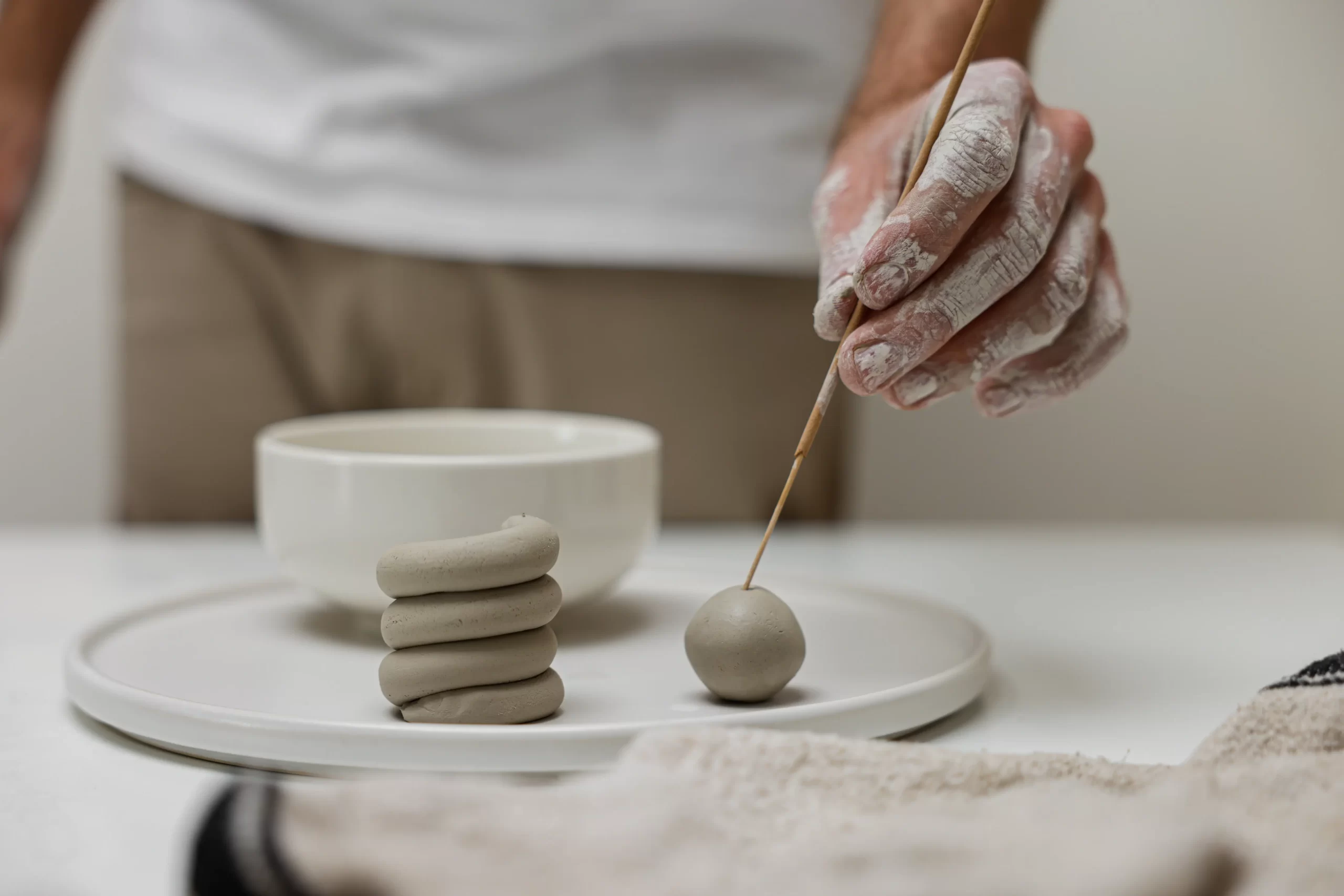
Color:
Ball clay is a fine-grained, light-colored material that can range from white to light gray or light brown.
Uses:
Ball clay is a type of clay that is used in the production of ceramics and other products. It is also used as a filler and extender in the production of paint and paper.
Firing Temperature:
Ball clay is typically fired at the same temperature as earthenware, around 1,000°F to 1,400°F.
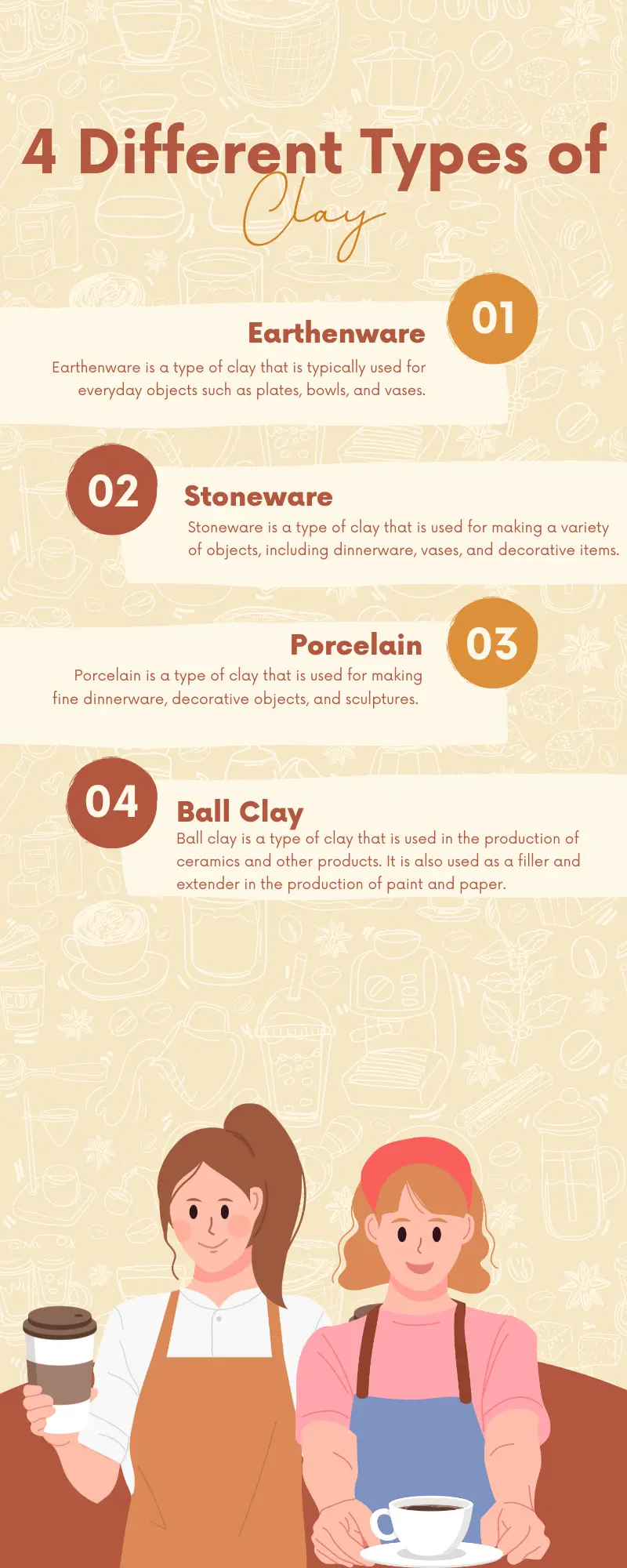
In conclusion, each of these four key types of clays has its own unique properties, color, uses, and firing temperature. Whether you’re a potter, sculptor, or ceramist, understanding the different types of clays available to you is an important part of the creative process.

Hi, my name is Stefanie and I am a potter from USA. Clay has given me the opportunity to be creative and personalize everyday objects like cups, bowls, plates, and more.
I love working with clay because it’s so malleable. You can make anything you want out of it; there are no limits!
